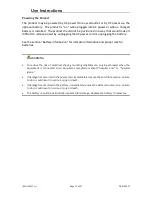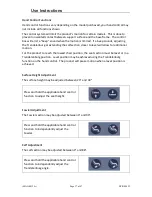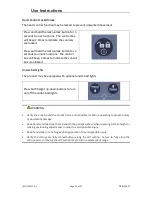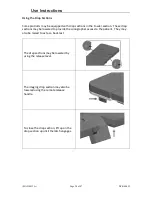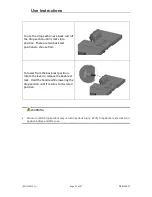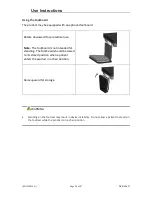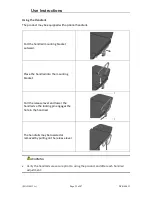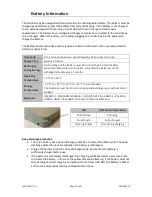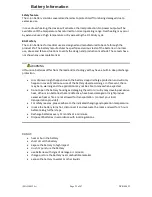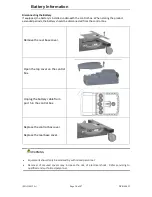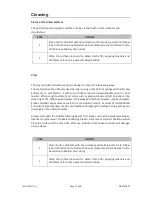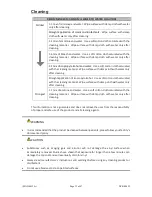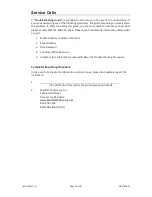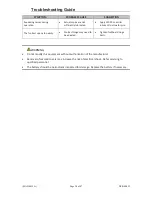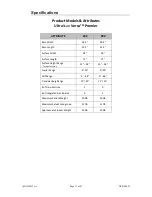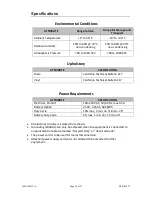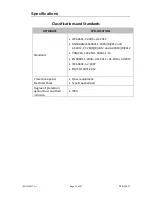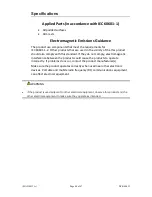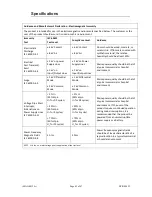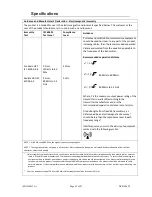
Battery Information
(MAN-0013-A)
Page 29 of 47
DCR-00422
Safety feature
The Li-Ion battery contains several mechanisms to protect itself from being damaged due to
excessive use.
In case of overheating, the device will activate a thermal protection. No power output will be
available until the temperature has returned to normal operating range. Overheating may occur
by extensive use at high temperature or by exceeding the 1/19 duty cycle.
BA21 safety
The Li-Ion batteries for medical use are designed and manufactured to be safe through the
product life. The battery manufacturer has performed various tests of the batteries in normal
use, abuse and failure situations to verify the design and production methods. These tests have
not shown any unacceptable risks.
WARNING
Lithium ion batteries differ from the lead acid technology as they have a built-in deep discharge
protection.
•
Loss of power might happen due to the battery deep discharge protection and will only
happen in case of continuous use of the battery despite warnings. In this event, there
may be no warning and the application may not be able to move when expected.
•
Do not open the battery housing as damaging the cell or circuitry may develop excessive
heat. Lithium ion batteries that are defective, have been damaged or might produce
excessive heat or fire are not allowed for transportation. (contact your local
transportation provider)
•
For safety reasons, please adhere to the indicated charging and operation temperature.
•
In case the battery turns hot, disconnect it and evacuate the room and wait for 2 hours
before taking further steps.
•
Recharge batteries every 12 months at a minimum.
•
Dispose of batteries in accordance with local regulations.
DO NOT:
•
heat or burn the battery
•
short circuit the battery
•
expose the battery to high impact
•
crush or puncture the battery
•
use batteries with signs of damage or corrosion
•
charge or store the battery near combustible material
•
expose the battery to water or other liquids

